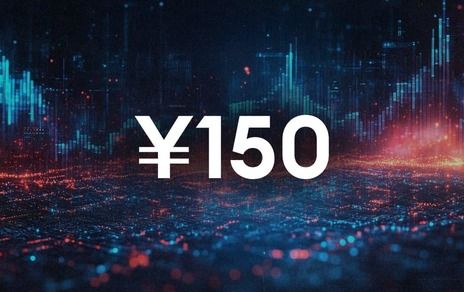There's a saying: "Bad things are quickly forgotten; only the good stuff stays in your memory." While this might be true, it's not always a good trait — especially for those in financial markets.
Even a poor experience can be valuable, as it helps you grow and avoid repeating past mistakes. Yet, time and again, investors fall into the same traps, often with adverse outcomes.
Right now, we're not talking about investing all your money (or even more, using leverage) into highly risky assets like cryptocurrencies. Instead, we're focusing on the carry trade with the Japanese Yen.
On August 6, global financial markets experienced a sharp correction. This was not necessarily due to new US macroeconomic data, but rather to the sudden drop in the USD/JPY pair.
The cause? The Bank of Japan's decision to raise interest rates to around 0.25% and reduce its massive bond-buying program was the main driver of the change in market sentiment.
The hawkish stance led to a stronger yen and massive short squeezes on global markets. Investors who had borrowed cheap yen to invest in higher-yielding assets found themselves in a tough spot.
To be more precise, the mass exodus from the carry trade this summer wiped $6.4 trillion from global stock markets in just three weeks, and the Nikkei 225 experienced its biggest drop since 1987.
And now, history could repeat itself. With inflation accelerating (2.2% in November versus 1.8% in October), the likelihood of another rate hike at the December 19 meeting has increased.
If, in addition, the Fed cuts rates at its next meeting, the Japanese Yen could strengthen, causing problems not only for carry traders but also for those holding short positions in the Yen.
According to the Japan Financial Futures Association, the Tokyo Financial Exchange, and the U.S. CFTC, the volume of short positions on the Yen grew to $13.5 billion in November, up from $9.74 billion in October.
Also, Japan is the largest holder of U.S. Treasury securities, mainly through offshore accounts. So, if a significant capital shift begins back to Japan, the U.S. could also feel the impact.
The takeaway is that in the coming weeks, it will be crucial to monitor the economic calendar from Japan and the U.S., as these will heavily influence central bank actions and currency market movements.

